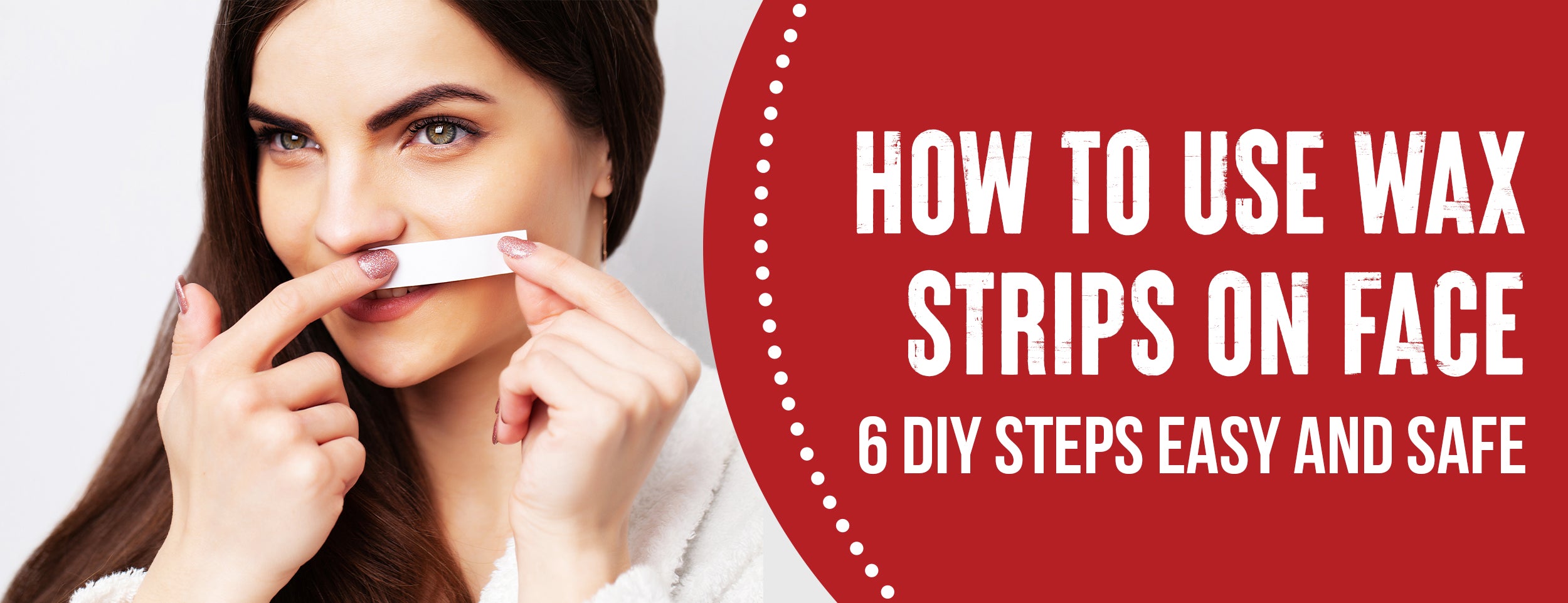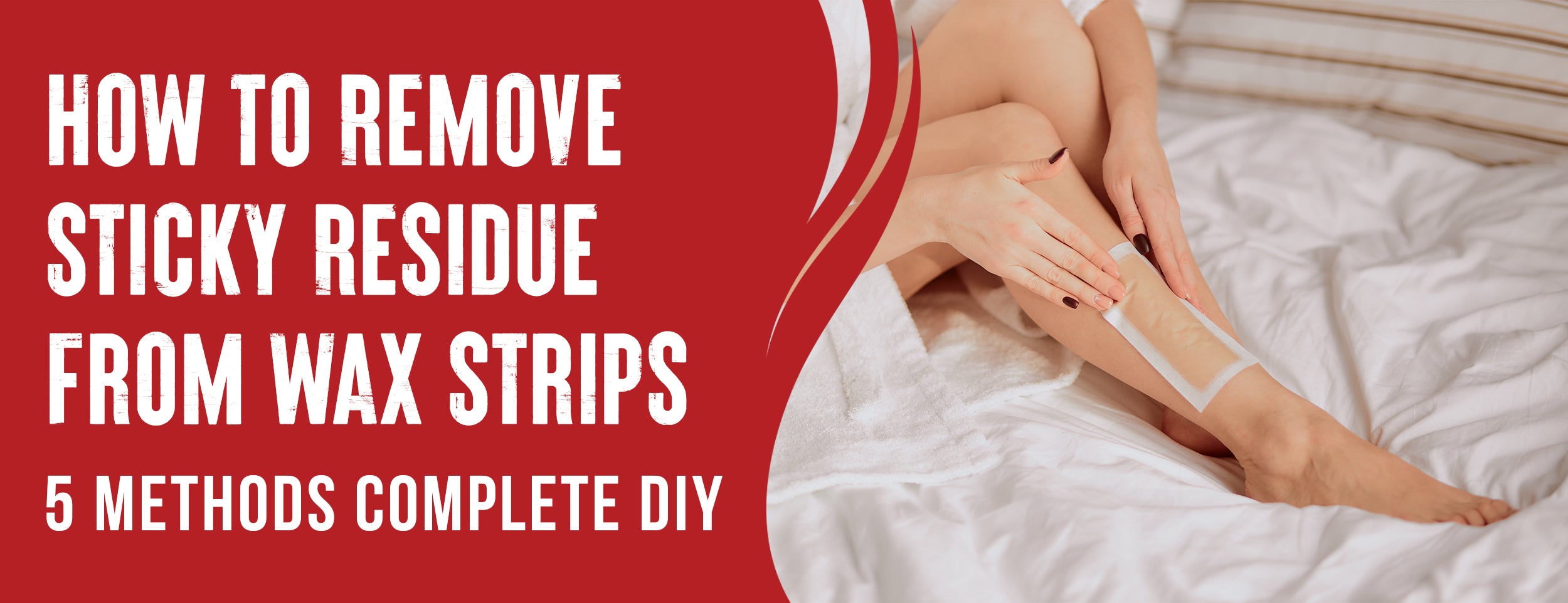There are two popular methods for removing hair. Both have advantages and disadvantages that can make choosing between them difficult.
The root of the hair is removed during waxing, so it typically lasts 3-4 weeks. On the other hand, shaving causes hair to grow back faster, usually within 3 days to a week.
This article will help you answer whether shaving or wax is better. By the end of this guide, you'll have a clear understanding of both methods and be able to decide which one is best for you. Let's explore the details of hair removal further.
Is it Better to Shave or Wax: 5 Differences

You may be debating between shaving or waxing when achieving hair-free and smooth skin. While both methods are commonly used, they each have advantages and disadvantages.
Our comparison and contrast will take into account five factors, including cost, convenience, pain, effectiveness, and side effects. We will offer tips and guidance regarding the best method to suit your needs.
Cost
A major consideration when choosing between shaving and waxing is the cost. Here are some points to compare the cost of both methods:
- Shaving is generally cheaper than waxing, especially if you use disposable razors and shaving cream. You can easily find these products at any grocery store or pharmacy for less than $10.
- Shaving also requires frequent maintenance, as the results only last a few days. The rate at which your hair grows and how often you shave, you may need to replace your razors and shaving cream regularly.
- Conversely, waxing is more expensive than shaving, especially if you go to a professional salon. The average cost of a waxing service varies between $50 and $70, depending on the area and the quality of the salon.
- You can also buy at-home waxing kits for $20 to $30, but they may not be as effective or easy to use as salon waxes.
- Waxing lasts longer than shaving, as the results can last 3 to 4 weeks. Depending on how slow and frequently you wax, you may save money in the long run by waxing less frequently.
The cost of shaving and waxing can also vary depending on your location, the brand and quality of the products or services, and the amount of hair you have. Therefore, it is important to compare prices and options before deciding which method is more affordable for you.
Convenience

Convenience another factor during shaving and waxing is convenience. Here are some aspects to compare the convenience of both methods:
Shaving
- Shaving is generally more convenient than waxing, as it can be done at home or anywhere with a razor and water.
- Incorporating shaving into your daily routine is a quick and effortless task. It requires no special skills or preparation, allowing you to easily shave hair of any length.
- There are some tips and tricks to make shaving more convenient for you. For example, you can use moisturizing products if your skin is sensitive and shave after showering or bathing when your pores are open. Your skin is soft, shave toward your hair growth to avoid ingrown hairs and use a sharp blade to avoid irritation and cuts.

Waxing
- Conversely, waxing is less convenient than shaving, requiring more time and effort.
- Waxing is possible at home or in a professional setting, but both options have drawbacks. If you wax at home, you must buy a waxing kit, heat the wax, apply it to your skin, pull it off with strips, and clean up the mess afterward. If you wax at a salon, you must make an appointment, travel to the location, wait for your turn, pay for the service, and tip the technician.
- Waxing also requires some skills and preparation to do it correctly and safely. You must follow the instructions carefully, avoid waxing over moles or wounds, and make sure your hair is long enough (at least 1/4" to 1/2") for the wax to grip.
Some tips and tricks can make waxing more convenient for you. For example, you can prepare your skin by exfoliating and moisturizing beforehand, choosing the right type of wax for your skin and hair type (soft or hard), testing the temperature of the wax before applying it to avoid burns, pulling the strip quickly and parallel to your skin to avoid pain and breakage and apply soothing lotion or ice pack afterward to reduce inflammation.
Pain

Pain level One of the most common concerns about shaving or waxing is the pain level. The following points will help you compare the pain level of both methods:
- It is less painful than waxing since it only removes the hair from the surface, leaving the root intact. Shaving only causes discomfort if you cut yourself with a dull or rusty blade or shave over irritated or sensitive skin.
- Conversely, waxing is more painful than shaving, as repetitive tugs remove the hair from the root. Waxing can cause moderate to severe pain depending on your pain tolerance, waxing area, and the wax type used. Some people find waxing unbearable, while others get used to it over time. Waxing can also cause more pain if you have thick or coarse hair, waxing over the same area more than once, or waxing during your menstrual cycle.
- There are some ways to reduce or manage pain from shaving and waxing. You can use a sharp and clean blade, apply shaving cream or gel, and avoid shaving over irritated or sensitive skin. You can use numbing creams, ice packs, or painkillers before or after waxing, avoid waxing during your menstrual cycle, and breathe deeply and relax.
Effectiveness
Effectiveness is another important consideration during shaving or waxing. Considering the following aspects will help you compare the effectiveness of both methods:
Shaving
- Shaving is less effective than waxing, as it only removes the hair from the skin's surface and leaves the root intact.
- When you shave, it doesn't affect the quality or quantity of your hair growth. Your hair will grow back with the same length and thickness in a few days.
- Shaving can also make your hair appear darker and coarser, creating a blunt edge at the tip of the hair.
- The effectiveness of shaving can also depend on some factors, such as your hair color, texture, direction, and growth cycle. For example, you may need to shave more often if you have dark or thick hair, as it will be more visible on your skin. You may also need to adjust your shaving schedule according to your hair growth cycle, as different body areas have different growth rates.
Waxing

- Conversely, waxing is more effective than shaving, as it removes the hair from the root and damages the hair follicle.
- Waxing can change the quality and quantity of your hair growth over time, and your hair will grow back in 3 to 4 weeks with less length and thickness than before.
- Waxing makes your hair appear lighter and finer by removing the entire shaft.
The effectiveness of waxing can also depend on the color, texture, and direction of your hair. You may need to wax less often if you have light or fine hair, as it will be less noticeable on your skin. Also, you may have to adjust your waxing schedule according to your hair's growth cycle.
Side Effects
The last factor to consider is the side effects of shaving and waxing. Shaving and waxing have risks and complications that can affect your skin's health and safety. Some side effects are more common or severe with one method than the other.
Shaving can cause some side effects, such as:
- Itching: Shaving can irritate your skin and cause itching, especially if you shave over dry or sensitive skin.
- Nicks or cuts: Shaving can cause minor injuries to your skin if you use dull or rusty blades or shave too fast or hard.
- Razor burn: Shaving can cause redness, inflammation, and a burning sensation on your skin if you use a blunt blade or shave against the direction of your hair growth.
- Folliculitis: Shaving can cause infection and inflammation of the hair follicles if you use a dirty blade or shave over broken skin.
- Ingrown hairs: Shaving can cause hairs to grow back into the skin instead of outwards if you shave too close to the skin or create a sharp hair tip.

Waxing has some side effects, including:
- Irritation: Waxing may cause redness, swelling, and itching, especially if you have sensitive skin or use harsh waxes.
- Rashes: Waxing can cause allergic reactions or contact dermatitis on your skin if you are allergic or sensitive to the ingredients in the wax.
- Bumps: Waxing can cause small bumps or pimples on your skin if you have oily or clogged pores.
- Sun sensitivity: Waxing can make your skin more prone to sun damage if exposed to direct sunlight within 24 hours after waxing.
- Allergic reaction: Waxing can cause severe allergic reactions such as hives, swelling, difficulty breathing, or anaphylaxis if you are highly allergic to its ingredients.
- Infection: Waxing can cause bacterial or fungal infections using contaminated wax or equipment or over broken skin.
- Scarring: Waxing can cause permanent scars if you apply too hot wax or pull too hard on the strip.
There are ways to prevent or treat side effects from shaving and waxing. For shaving, you can use hygiene, exfoliation, moisturization, and antiseptic products to keep your skin clean, smooth, and healthy. You can also use soothing lotions, aloe vera gel, or tea tree oil to reduce inflammation, irritation, and infection.
For waxing, make sure you maintain healthy, clean skin. You can do this by exfoliating, moisturizing, and taking antibiotics to maintain healthy, clean skin. Alternatively, you can apply aloe vera gel or ice packs to reduce inflammation and irritation.
Conclusion
In conclusion, both shaving and waxing have their advantages and disadvantages. Shaving is quick, painless, and cost-effective but offers only short-term results.
On the other hand, waxing provides longer-lasting and smoother results but can be more painful and costly. The decision ultimately boils down to your preferences, discomfort tolerance, and desired outcome.
Remember, there is no one-size-fits-all answer to which method is better. Experiment with both and see which suits you best. By following the tips for effective hair removal, you can ensure a smoother experience regardless of your chosen method.



















